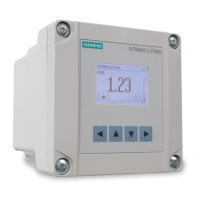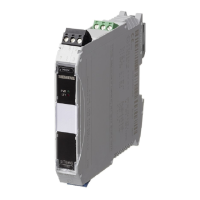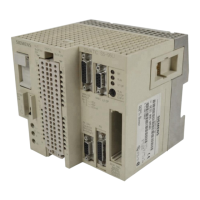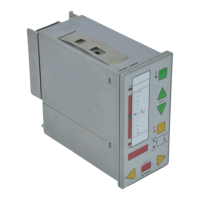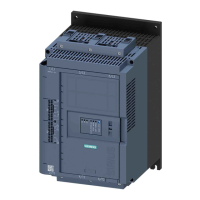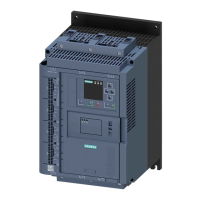General Operation
7.7 Pump Control
SITRANS LUT400
Operating Instructions, 07/2019, A5E33329501-AC
103
7.6.7 Flowrate
Flowrate alarms are available on LUT440 (OCM) model only. They can activate an alarm if
the OCM flowrate is above or below a given setpoint.
Example: Setting a High Flowrate Alarm
To assign Relay 3 to a high flowrate alarm that activates when the flowrate rises above 10
l/s:
1. Enable the High Flowrate Alarm (set Enable (2.8.9.1.) (Page 204
) = Enabled).
2. Set High Flowrate Value ON (2.8.9.2.) (Page 204) = 10
3. Set High Flowrate Value OFF (2.8.9.3.) (Page 205) = 8
4. Set Assigned Relay (2.8.9.4.) (Page 205) to Relay 3
Example: Setting a Low Flowrate
Alarm To assign Relay 3 to a low level alarm that activates when the flowrate falls below 2
l/s:
1. Enable the Low Flowrate Alarm (set Enable (2.8.10.1.) (Page 205
) = Enabled)
2. Set Low Flowrate Value ON (2.8.10.2.) (Page 205) = 2
3. Set Low Flowrate Value OFF (2.8.10.3.) (Page 206) = 4
4. Set Assigned Relay (2.8.10.4.) (Page 206) to Relay 3
7.7 Pump Control
The SITRANS LUT400 has the pump control functionality to solve nearly any water/waste
water application. To set up pump control for simple applications, see
Pump Control Wizard
in LUT400 Communications manual
1
.
1)
Communications for SITRANS LUT400 (HART) Manual (7ML19985NE01)
7.7.1 Pump Control options
Methods of pump control are dependent on two variables:
Pump start method
indicates in what sequence pumps are started; using Fixed, Alternate, or
Service Ratio setpoints.
Pump duty
indicates whether new pumps start and run with any currently running pumps
(most common) or whether new pumps start and shut off currently running pumps; using
Assist or Backup duty.
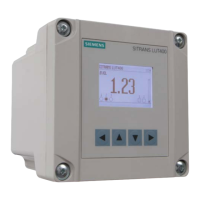
